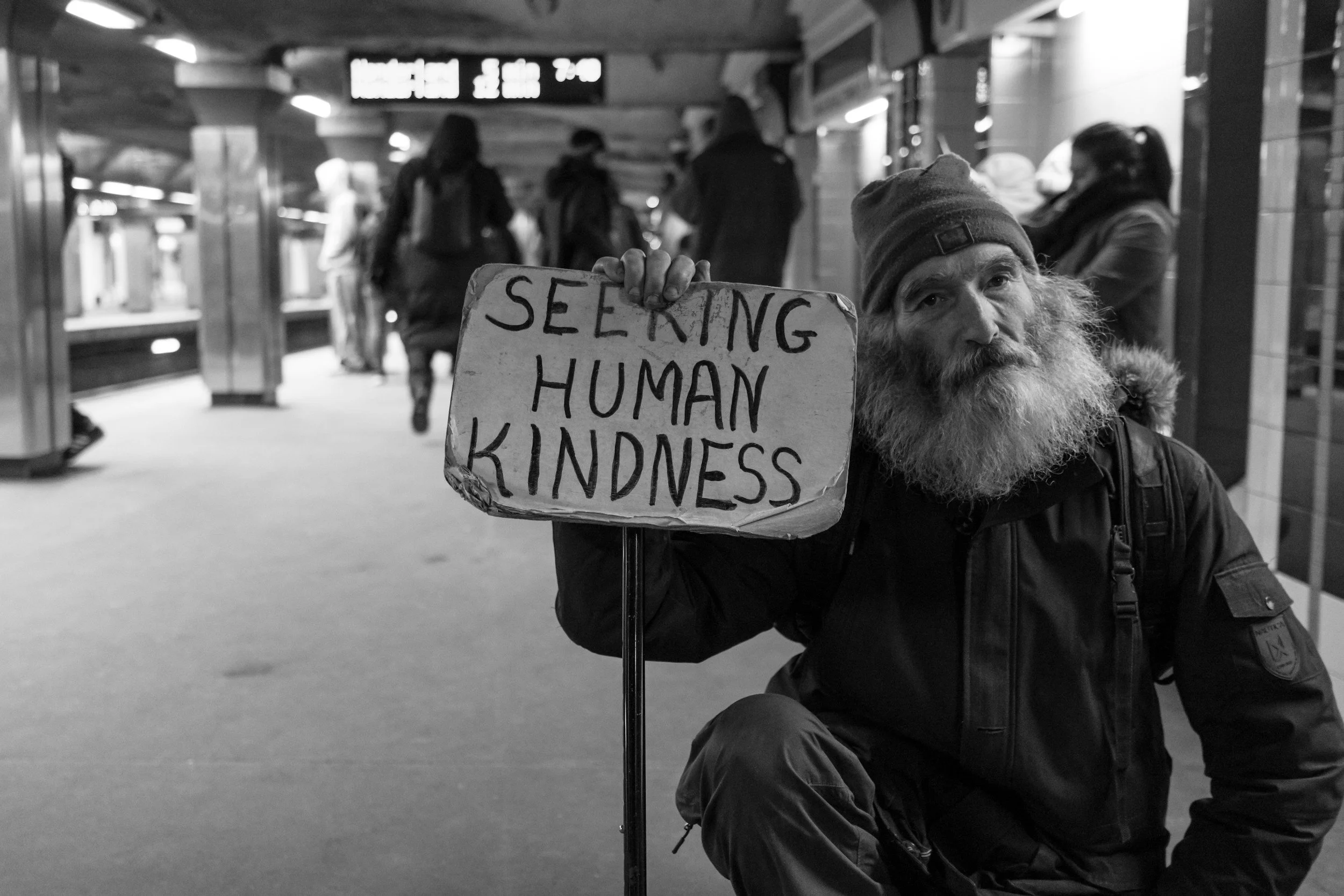
Community Initiatives
Parkrose: A great place to live, work, learn, and shop
What is an NPI?
The Neighborhood Prosperity Initiative (NPI) is a program initiated by Prosper Portland (formerly Portland Development Commission) to strengthen the economic competitiveness of certain neighborhood business districts through community-planned and community-implemented actions and projects.
Specifically, NPI areas will focus on:
Increasing the visibility of the business district
Growing job opportunities
Strengthening existing businesses
Filling vacant spaces
Storefront improvements
Community projects
-
Six neighborhoods have been selected as NPI Urban Renewal Areas (URA), including Historic Parkrose. Each of the selected NPI areas will become a small URA administered by the local NPI district. URAs generate revenue through tax increment financing (TIF) which will provide funding for capital improvement projects such as:
Improvements to business exteriors and interiors
Street furniture
Trash cans
Lighting
District signage
Gateway markers
Other small-scale, permanent capital improvements
Funding from the URA was first available in February 2014, with approximately $65,000 available for projects in the first year. Additional funds have been secured since to fund projects in the Historic Parkrose neighborhood. Each district’s investment of TIF funds will be guided by a community-developed action plan and implemented consistent with statutory requirements.
-
Neighborhood buy-in is critical. That’s why the process starts with organizing a broad cross-section of people representing the area’s business community, residents, property owners, district organizations, and community groups. Everyone with a stake in the district and its future should be involved in preparing the best plan for the neighborhood.
The management of the district will occur at a local level. Prosper Portland’s role will be to support the districts in their management of the district through seed funding, technical assistance, and overall support.
Districts Involved:
Working together on a plan for the future of Parkrose
The greater Parkrose neighborhood is a diverse part of Portland, with a high population of communities of color. There are many community assets in Parkrose, including a thriving school district and local organizations and businesses.
Some community concerns in the area include rising rents, the need for more living-wage jobs for students and their parents, unsafe conditions on Sandy Boulevard, the need for community gathering places, and a disaster-preparedness plan for marginalized communities.
These long-standing issues impact historically marginalized groups the most. With the support of the Portland Bureau of Planning and Sustainability and the Oregon Department of Transportation, the Historic Parkrose NPI finalized the Parkrose Community Plan in 2021 with underserved groups to address these community concerns.
Process for Developing the Parkrose Community Plan
Address affordable housing needs
During 2020, members of the Parkrose community met in a series of virtual workshops, community working group meetings, open house sessions and surveys to create the Draft Parkrose Community Plan. This Draft was further reviewed at two Open Houses to finalize proposed actions for the following key issues confronting Parkrose:
Pedestrian crossings and safe connections
Community gathering places and connections to nature
Resources to be better prepared for emergencies
Connect youth to job opportunities
Support home-based businesses and small businesses
Some Facts
The Parkrose area has historically mirrored East Portland demographics, with a population that is more diverse, has more families, and is less wealthy than the city as a whole. With major shifts citywide from a working-class to middle-class city, Parkrose is increasingly following citywide trends. Around 2015, families in the Parkrose School District started getting displaced from the area. Similarly, based on 2010 to 2019 census data, the population of communities of color fell from 43 percent to 35 percent of the area’s population, with a 36 percent drop in the numbers of children and youth in the area.
As lower-income families have been uprooted from the neighborhood, there’s also been an increase in homeowners versus renters. Parkrose home prices have increased faster over the past 10 years than the city as a whole, with the median single-family home price in the area rising 68 percent between 2010 and 2020 (compared to a 56 percent increase citywide). As housing costs are usually the highest household budget item, overall city rent increases impact working poor communities, which most impact historically marginalized communities of color.
Youth for Parkrose
As part of supporting economic prosperity in the Parkrose neighborhood, Historic Parkrose has provided and supported programming for youth ages 14 to 20 to broaden their exposure to different opportunities.
Although not currently running an active Youth for Parkrose program, we are interested in bringing back this opportunity.
If you have an idea or proposal for collaboration, we would like to hear from you!















